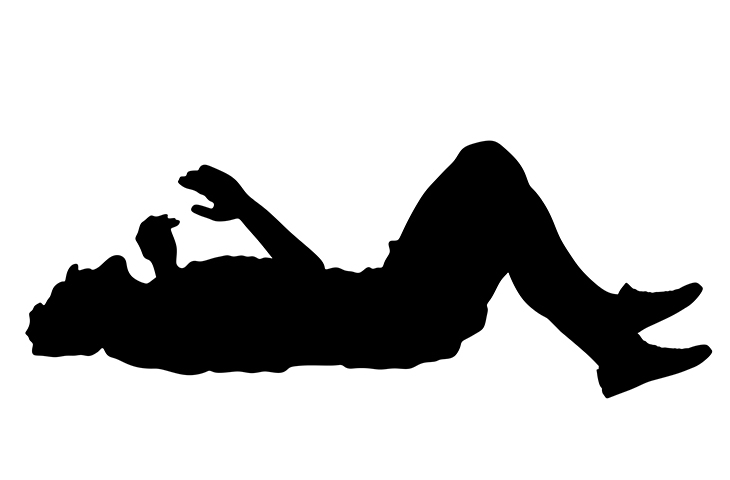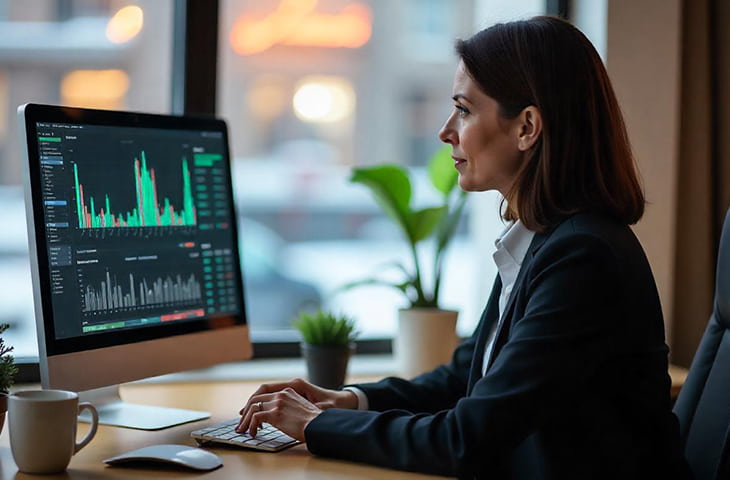10 Fall Prevention Technologies You Need to Know About

Learn about 10 fall prevention technologies that can help seniors stay safe and independent.
Technology advancements are essential in bolstering fall prevention efforts for seniors. From motion-sensing devices to wearable alarms, fall prevention technologies are designed to detect risks and provide immediate assistance when needed. These tools can help seniors live more independently while offering peace of mind to caregivers. Here are ten fall prevention technologies every senior and caregiver should know about.
- Fall Detection Wearables: Wearable devices with fall detection technology, such as smartwatches or pendants, can automatically alert caregivers or emergency services if a fall occurs. These devices can be lifesaving for seniors who live alone.
- Smartphone Fall Detection Apps: Many smartphones now come equipped with fall detection apps that can monitor movements and alert emergency contacts in the event of a fall. These apps are an excellent option for seniors already using smartphones.
- Motion-Sensor Lighting: Installing motion-sensor lighting throughout the home can help seniors safely navigate at night or in dimly lit areas. These lights automatically turn on when movement is detected, reducing the risk of tripping.
- Personal Emergency Response Systems (PERS): PERS devices are wearable technologies that allow seniors to call for help with the press of a button. Some systems even include fall detection features that automatically alert emergency services.
- Smart Home Voice Assistants: Devices like Amazon Echo or Google Home can help seniors stay connected without having to move. With voice commands, seniors can request help, set reminders, or turn on lights to prevent falls in dark areas.
- Pressure-Sensing Floor Mats: Pressure-sensing floor mats can be placed near beds or doorways to detect movement. These mats can alert caregivers when a senior is getting out of bed or leaving a room, which can help monitor high-risk moments for falls.
- GPS-Enabled Tracking Devices: For seniors who may wander or get lost, GPS-enabled devices can help caregivers track their location. This technology ensures that help can reach them quickly if they fall or become disoriented outside the home.
- Automatic Medication Dispensers: Missing doses of medication can lead to dizziness or confusion, increasing fall risk. Automatic medication dispensers ensure seniors take their medicines on time, reducing the chances of a fall caused by improper medication use.
- Home Monitoring Systems: Home monitoring systems allow caregivers to check in on seniors remotely through cameras and sensors. These systems can track daily movements and alert caregivers if unusual activity is detected, such as a fall or a lack of movement.
- Stair Lift Systems: For seniors with mobility issues, stair lifts provide a safe way to move between floors. These motorized chairs glide up and down stairs, reducing the risk of falls on staircases.
Final Thoughts
Fall prevention technology can make a significant difference in helping seniors live safely and independently. Whether through wearable devices, home sensors, or innovative technology, these tools offer security and peace of mind. For more insights on fall prevention and helpful technologies, visit Boomer News.


